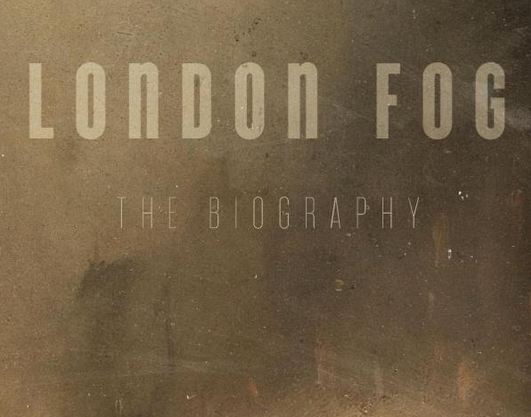London Fog
Book review

London Fog, Christine L. Corton, Harvard University Press, 2015, 391p, £22-95, ISBN 978-0-674-08835-1
London Fog is a very thorough piece of research into a phenomenon which was effectively ended by the Clean Air Act of 1962. It is written in a very engaging manner and its scientific exploration is exemplary.
From a Londoner’s point of view it explains the prevailing weather conditions which our ancestors had to experience, and indeed for several of my relatives it may explain the health problems with which they had to contend, and indeed which may have shortened their lives. The ‘pea souper’ fog was caused by atmospheric conditions which emerged when the warm air of the London Basin, containing polluted discharges, could not easily be dispersed because of colder depressions above. This was a clear memory of my youth and the technical definition is that it was caused by temperature inversion.
Interestingly Christine Corton explores this phenomenon into the seventeenth century and the time of John Evelyn. She identifies the historic cause of this atmospheric pollution as being from timber being burned on an industrial scale in lime kilns. From the localised perspective she does not actively mention charcoal burning, which we know was still widespread at that time in the Great North Wood. This charcoal production was for a very specific market amongst the specialist metal trades of London and had a long previous history. This is the very specialist knowledge which we carry from our very local studies.
However Christine Corton’s successful discourse does now wholly explain the reason why the earlier Tudor Croydon was regularly covered in the ‘black’ discharges from the neighbouring charcoal industry. She has now confirmed my previous speculation that what had been troubling the people of Tudor Croydon were the side effects of ‘temperature inversion’. This book has been a very worthwhile encounter with scientific research.

